Secrets of the Sydney Opera House Tiles
The Sydney Opera House Tiles make Sydney Harbour a beacon of tourism. The Sydney Opera House, a beacon of Australia’s cultural landscape, is celebrated for its unique and striking design. But have you ever paused to ponder about the composition of those famous ‘sails’? They are adorned with a mesmerizing array of tiles, each with a tale to tell.
Birth of the “Sydney Tile”
The tiles that grace the roof of the Sydney Opera House were specially crafted by the Höganäs company of Sweden, under the watchful eye of the architect Jørn Utzon. These tiles, fondly referred to as the “Sydney Tile”, are each a 120mm square, composed of clay blended with a small amount of crushed stone.
The Magic of the Tiles
What sets these tiles apart is their remarkable self-cleaning characteristic. This ingenious feature was part of Jørn Utzon’s grand plan, with the spherical shape of the shells facilitating efficient drainage, eliminating the need for regular cleaning. Utzon, in collaboration with the Swedish company Höganäs, spent three years perfecting these tiles.
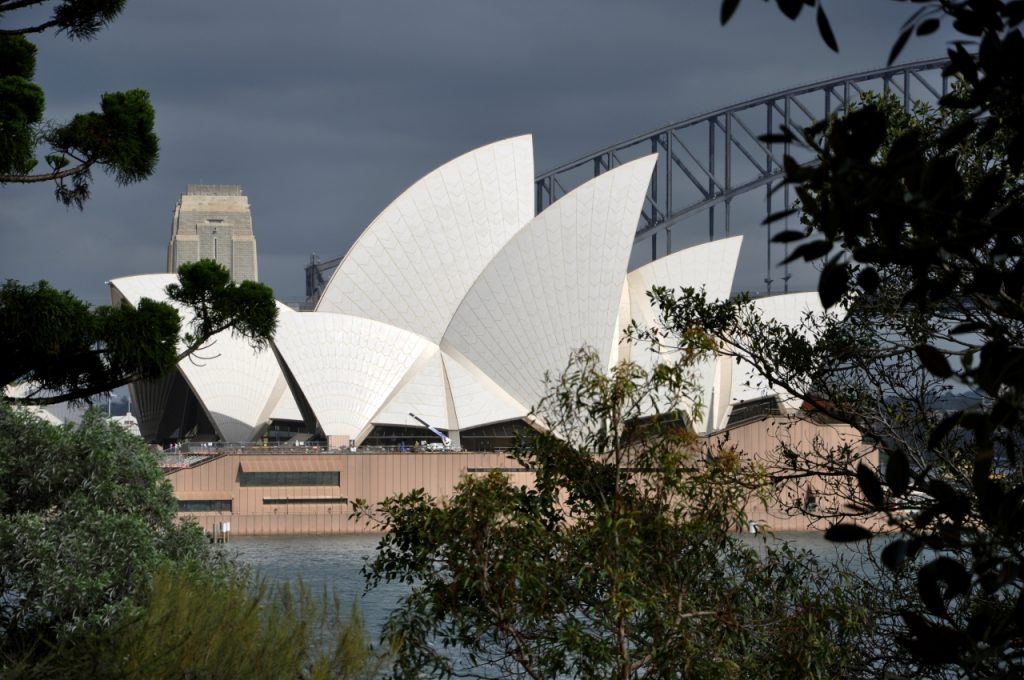
A Herculean Task
The Sydney Opera House is an architectural marvel, and cladding it was no mean feat. Over 1 million roof tiles, covering an area of approximately 1.62 hectares, sit atop the structure. This sea of tiles lends the Opera House its distinctive and unforgettable visage.
The Tiles’ Legacy
The Sydney Opera House Tiles are more than just a protective layer; they are a tribute to the creativity and foresight of Jørn Utzon and the team that breathed life into his design. They are a crucial component of a structure that has become emblematic of Australia.
The Self-Cleaning Marvel
One of the most remarkable features of the Sydney Opera House tiles is their self-cleaning ability. This ingenious characteristic was part of Jørn Utzon’s grand design, with the spherical shape of the shells facilitating efficient drainage, thereby eliminating the need for regular cleaning.
The tiles, made from clay with a small percentage of crushed stone, are designed to withstand the elements. Rainwater serves as a natural cleaning agent, washing away dirt and grime. This means that despite the Opera House’s exposure to the elements and the city’s pollution, the tiles remain pristine and white, maintaining the building’s iconic appearance.
This self-cleaning feature not only preserves the aesthetic appeal of the Opera House but also reduces maintenance costs and efforts. It’s a testament to Utzon’s foresight and innovative thinking, ensuring that the Sydney Opera House continues to shine brightly as a beacon of architectural brilliance.
The self-cleaning tiles of the Sydney Opera House Tiles are a marvel of architectural design. They stand as a testament to the power of innovation, ensuring that this iconic structure continues to captivate visitors with its pristine beauty. The tiles, much like the Opera House itself, are a symbol of enduring elegance and resilience. They are a reminder that with the right blend of creativity and practicality, we can create structures that are not only visually stunning but also sustainable and easy to maintain.
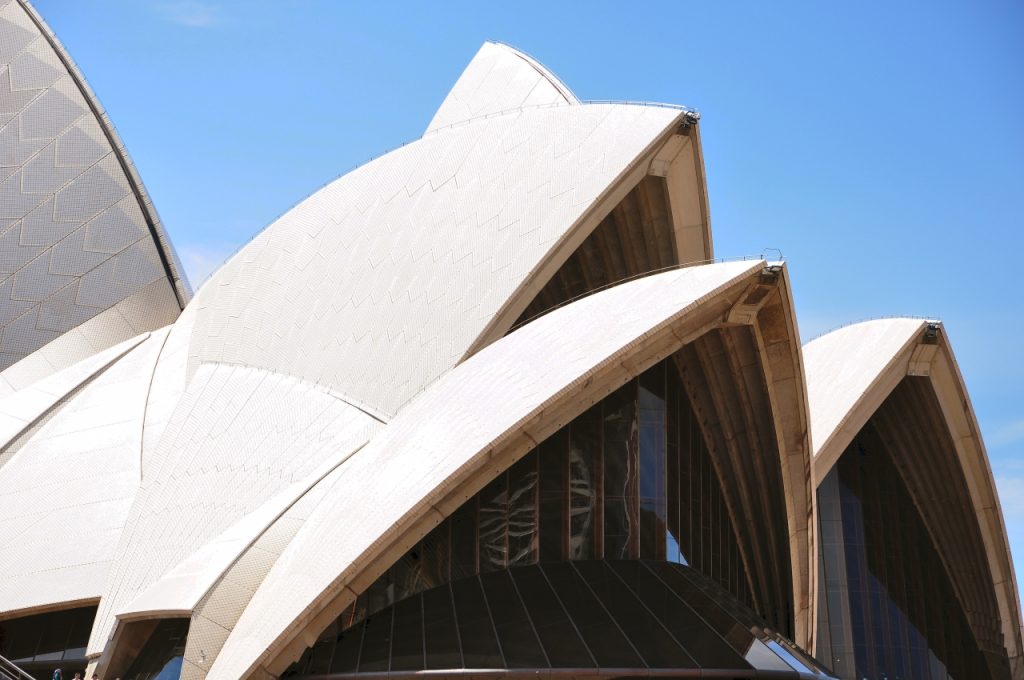
The Art of Tile Replacement
Maintaining the pristine appearance of the Sydney Opera House is a task that requires precision and care, especially when it comes to replacing the Sydney Opera House Tiles. The process of tile replacement is as unique as the tiles themselves.
The tiles are arranged into 4228 chevron-shaped lids, each designed to match the curve of the roof. These lids were produced in a factory set up under the Monumental Steps of the Opera House. When a tile needs to be replaced, it’s not just a single tile that’s removed, but an entire chevron-shaped lid.
Each lid is carefully removed and taken to a workshop where the damaged tiles are replaced. The tiles are laid in beds in the designated pattern of cream and white, matte and smooth, ensuring that the new tiles match the existing ones perfectly.
Once the replacement Sydney Opera House Tiles are securely in place, the lid is returned to the roof of the Opera House. This meticulous process ensures that the iconic appearance of the Sydney Opera House is preserved, allowing it to continue to shine as a beacon of architectural brilliance.
In Conclusion
Tiles of the Sydney Opera House, with their unique design and self-cleaning properties, are an integral part of this architectural masterpiece. They stand as a testament to the power of innovative design and collaboration, and continue to captivate visitors from around the world.
The Sydney Opera House, an architectural marvel and a symbol of Australia’s cultural heritage, is a testament to the power of innovative design and meticulous execution. The tiles that adorn its iconic sails are not just elements of its structure, but narrators of a fascinating tale of ingenuity, precision, and sustainability.
From their creation as the “Sydney Tile” to their unique self-cleaning properties, these tiles embody the vision of architect Jørn Utzon. The process of maintaining and replacing these tiles further underscores the commitment to preserving this iconic structure for future generations.
In the end, the tiles of the Sydney Opera House serve as a reminder of what can be achieved when creativity meets practicality. They stand as a symbol of enduring elegance and resilience, ensuring that the Opera House continues to captivate visitors with its pristine beauty. This is the legacy of the Sydney Opera House – a legacy etched in over a million tiles, each telling a story of architectural brilliance and innovation.
Sydney Opera House – Photo By Mike Fernandes
Join the Discussion
We hope you enjoyed this deep dive into the tiles of the Sydney Opera House.
Have you ever visited the Sydney Opera House? What were your impressions?
Were you aware of the unique properties of the tiles?
How do you think such innovative design principles can be applied to other structures around the world?
Do you know of any other buildings that use similar self-cleaning or sustainable materials?
Let’s continue the conversation about this architectural masterpiece and the fascinating world of sustainable design. Your insights could inspire others and contribute to a broader understanding of the intersection between architecture, innovation, and sustainability. We look forward to hearing from you!

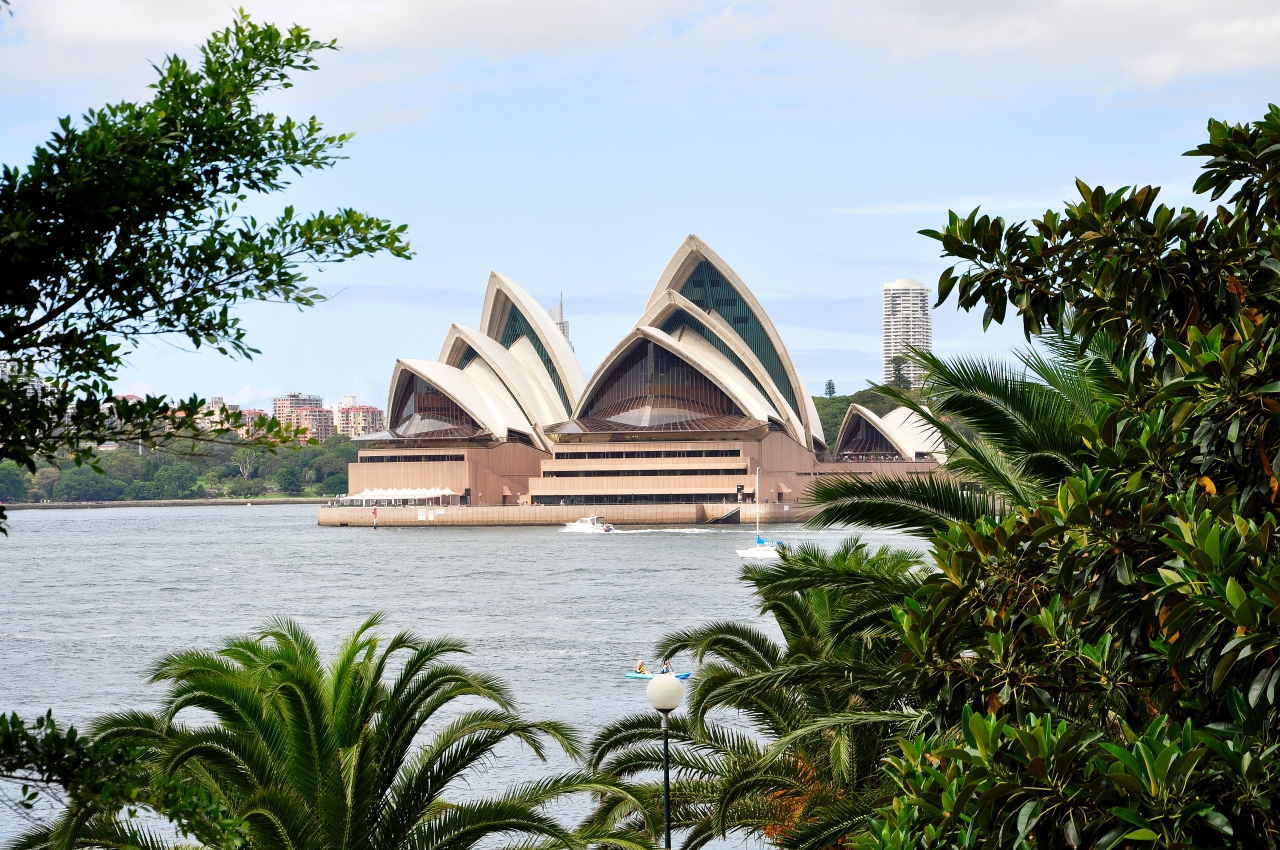









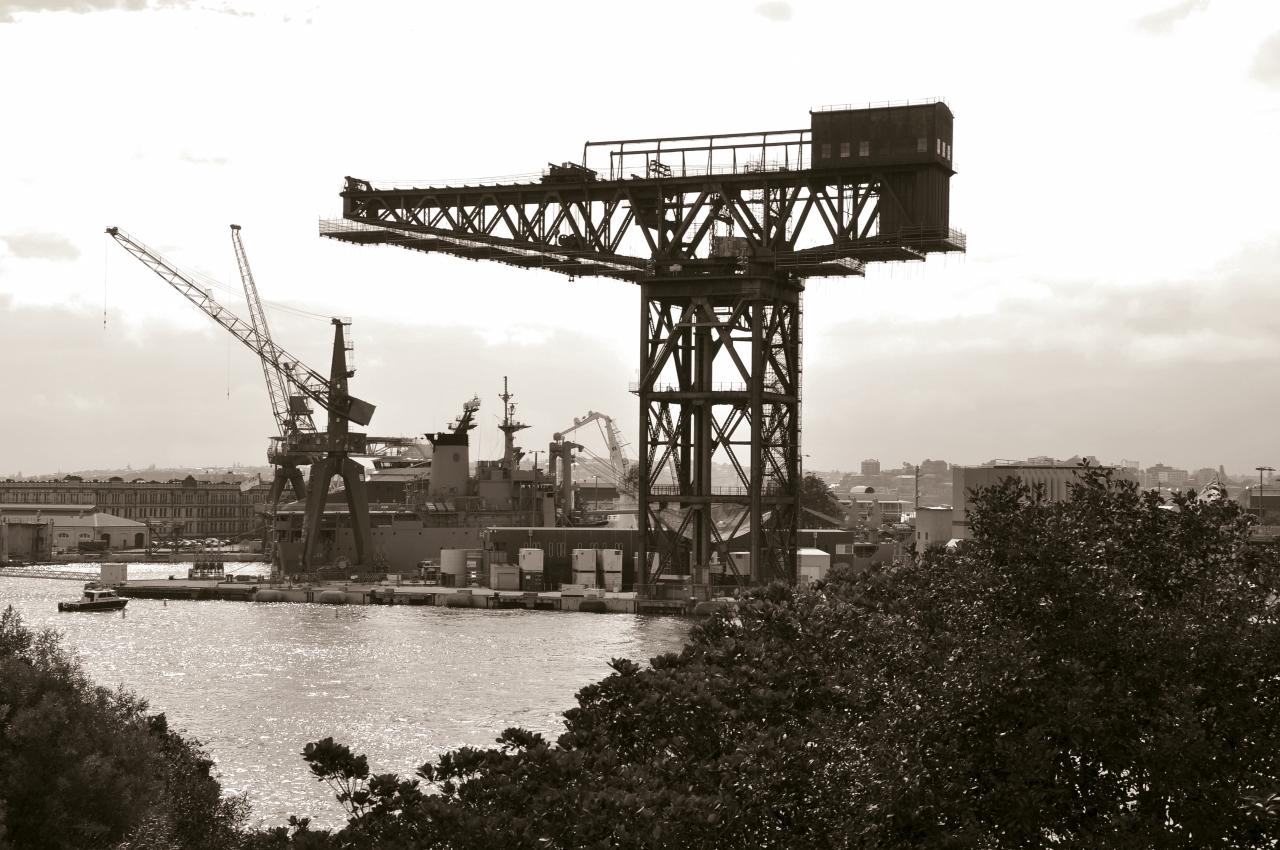
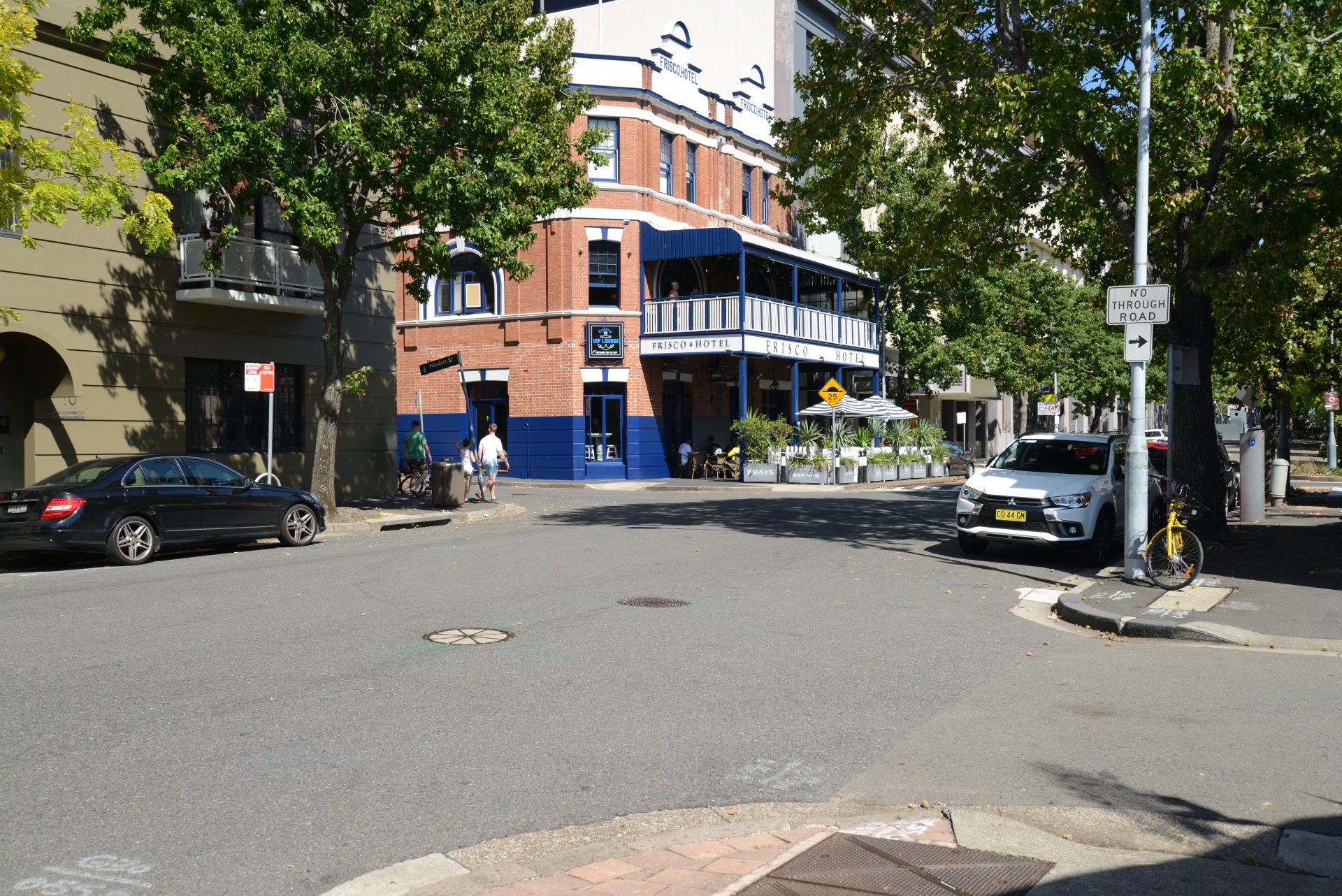


LinkedIN Scraping
I’m really inspired together with your writing abilities as smartly
as with the structure in your weblog. Is this a paid subject matter or did you modify it your self?
Anyway stay up the excellent high quality writing, it
is uncommon to look a great weblog like this
one these days. Blaze ai!